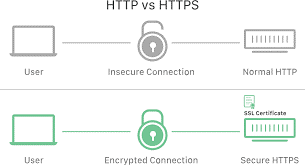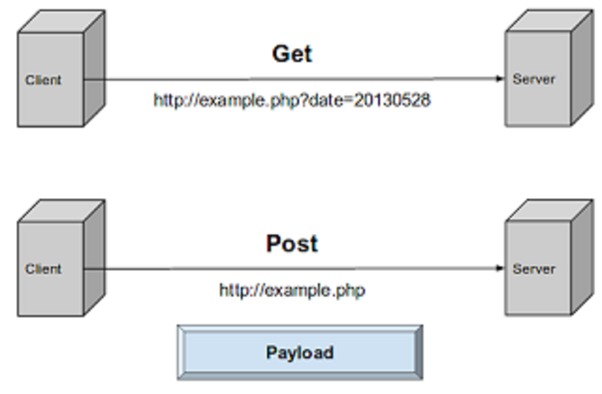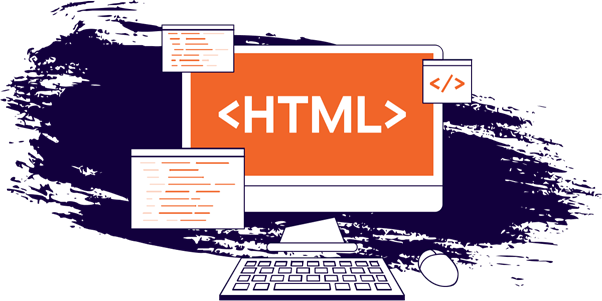Web browsing and HTML
Definitions
Browser: A browser is basically a computer program that ensures that a user can read and access information on the Internet. It is primarily used to access sites and information on various networks like the World Wide Web.

Web server: A web server could refer to either a computer or a computer program that delivers web pages to a computer upon the request from the particular web browser. The Web Server uses HTTP and various other protocols to support the data interchange with other devices connected to the web.

HTTP: HyperText Transfer Protocol or HTTP, is an ordinary application-level protocol that is primarily used for exchanging files on the World Wide Web or www. The protocol runs on top of the TCP/IP protocol and on the QUIC protocol. Web browsers are HTTP clients that send file requests to Web servers, which in turn handles the requests via an HTTP service.
HTTPS, SSL, TLS:
HTTPS: HTTPS or HyperText Transfer Protocol Secure is a protocol primarily used for secure communication. It encrypts the data sent between the particular server and client to protect the information from being intercepted and tampered with. This is especially important for protecting sensitive information such as credentials and transactions.

SSL: SSL or Secure Sockets Layer is another protocol to establish a secure and encrypted connection between a web server and client. It is primarily used to protect information such as the mentioned before credentials or transactions linked to an individual.

Despite the fact that it has been replaced by TLS or Transport Layer Security, the term SSL is commonly used to refer to both protocols.
TLS: Transport Layer Security is a protocol to establish a secure and encrypted connection
between a web server and potentially a web browser. TLS, or its predecessor SSL provides improved security features and is used to protect sensitive data such as login credentials and transactions from being tampered with or intercepted.
GET request: A GET request is a way used by a client to request data from a specific server. It is one of the commonly used methods used in the HTTP protocol. When you enter a request, for example a URL into a web browser or click on a particular link, the browser will send a GET
request to the server to get the content of the particular web page. They are typically used to retrieve data that does not change very often and can be cached by the client for faster retrieval.

POST request: A POST request is a way used by a client to send data to a server. When an individual might submit a form on a web page or upload a file, your browser sends a POST request to the server to submit the data. It is primarily used to retrieve data and is used to send data to the server for processing or storage.
HTML: HyperText Markup Language is a language used to structure and format web pages
on the Internet. It uses a series of tags and attributes to define the structure and layout of a web page. Web Browsers use the HTML code to render the page and display it to the client and users visiting the site. It is the foundation of most websites and is used to create dynamic and
interactive web content.
